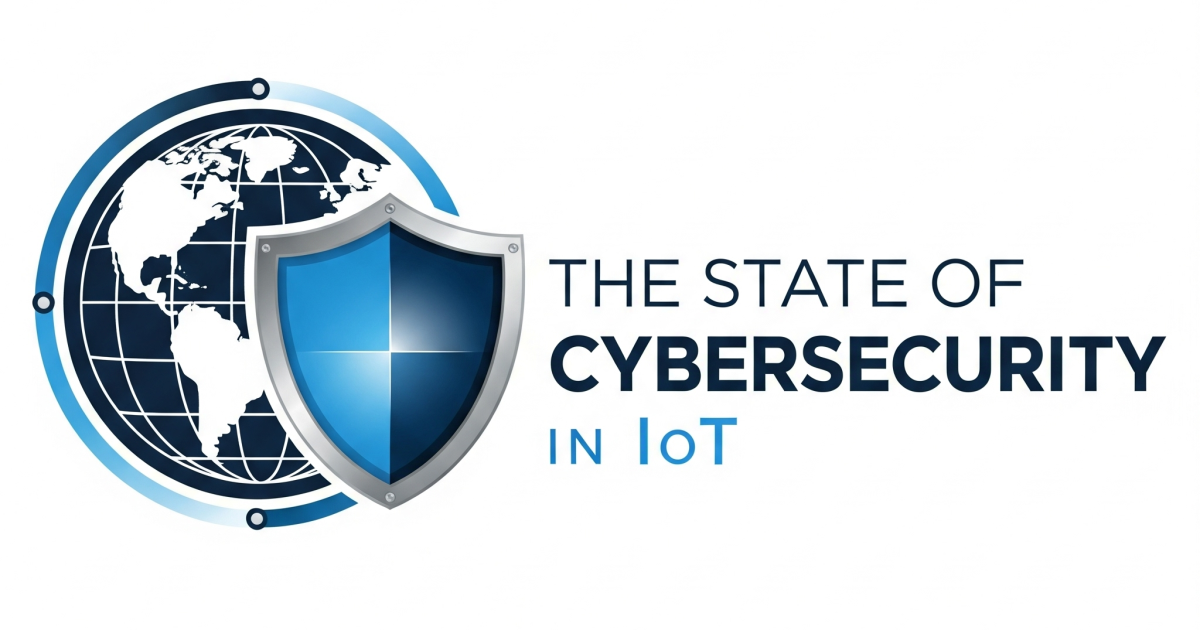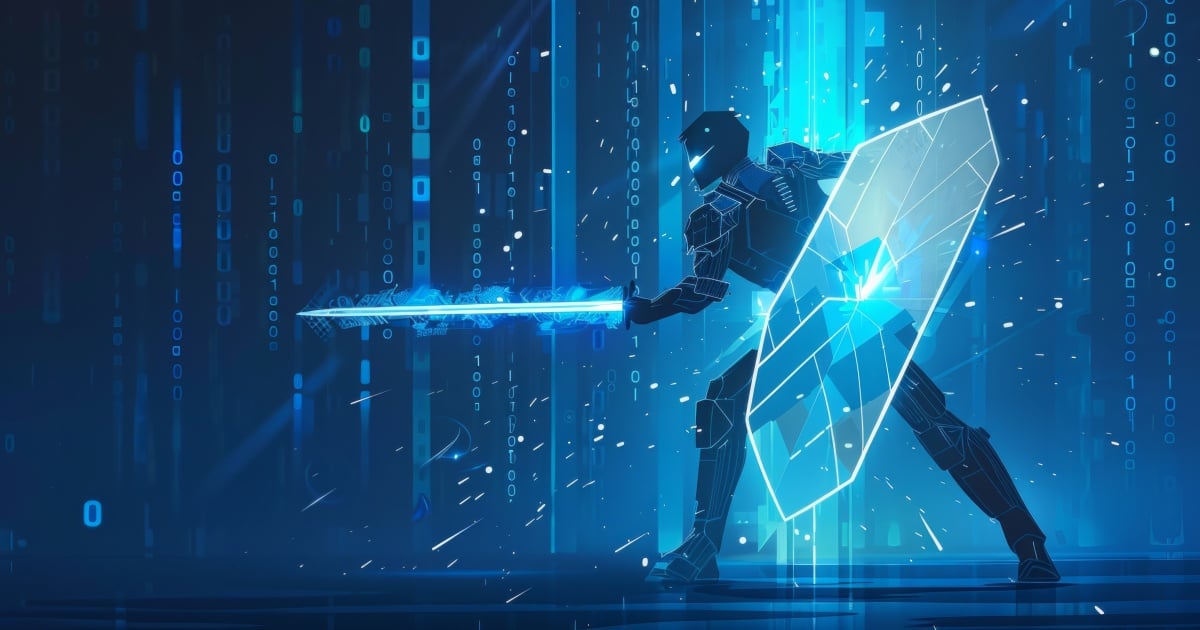In a recent announcement, Fujitsu Limited and Fujitsu Laboratories have made public a new development in sensor data analysis technology. This new product is designed to aggregate vibration data with sensors attached to the surface of a bridge, and then estimate the degree of the bridge's internal damage through the application of so-called “FUJITSU Human Centric AI Zinrai technology.” This technology is an approach to artificial intelligence and it was validated recently using data obtained from verification tests of fatigue degradation of bridges carried out by the Research Association for Infrastructure Monitoring System (RAIMS), a mutual aid organization that carries out joint research into technologies used in industrial activities.
The technology enables enhanced maintenance and management tasks, making it possible to remotely estimate the degree of internal damage to bridge infrastructure. Details of this technology will be announced at the Japan Society of Civil Engineers 2017 Annual Meeting, to be held at Kyushu University in September.
By expanding Fujitsu Laboratories' proprietary deep learning AI technology for time-series data, Fujitsu and Fujitsu Laboratories have developed technology that can discover anomalies and express in numerical terms degrees of change that demonstrate drastic changes in the status of objects such as structures or machinery, and detect the occurrence of abnormalities or distinctive changes. The technology learns from the geometric characteristics extracted from complex, constantly changing time-series vibration data collected by sensors equipped on IoT devices, thus enabling users to estimate and validate the state of degradation or failure in a variety of social infrastructure or machinery. This technology has now been confirmed through the application of verification test data from RAIMS.
From the analysis results of data from an acceleration sensor at a single location on the surface of a bridge, Fujitsu confirmed that it is possible to estimate the degree of damage across a wide area of a bridge's interior using this technology. Additionally, detecting the occurrence of internal stress using this technology allows for the estimation of damage in its earliest stages, and can contribute to early countermeasures. Duplicating these tests in the future will make it possible to remotely estimate the degree of internal damage with a high degree of accuracy using surface-mounted sensors, enabling the enhancement of bridge maintenance and management tasks.
Fujitsu will conduct trials using vibration data from actual bridges, with the goal of real-world usage by around 2018.
Ken Briodagh is a writer and editor with more than a decade of experience under his belt. He is in love with technology and if he had his druthers would beta test everything from shoe phones to flying cars.Edited by
Ken Briodagh





